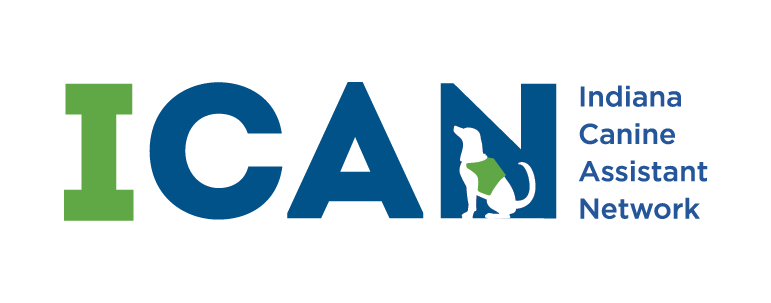Who Qualifies for a Veteran Service Dog?
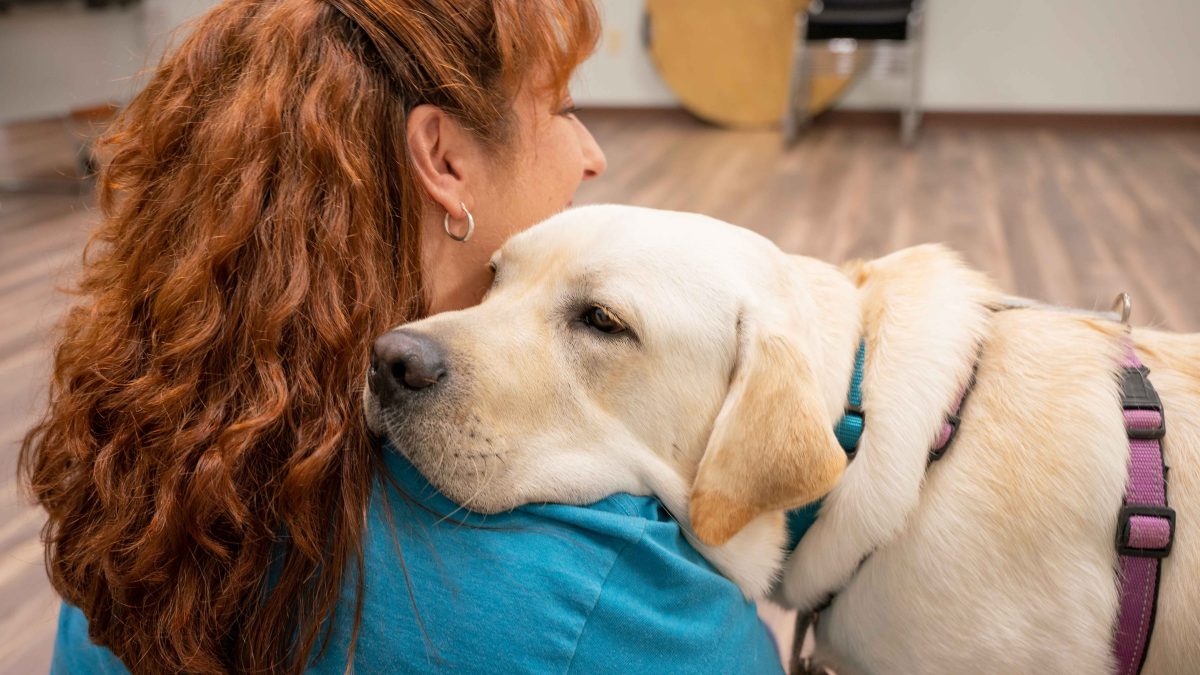
ICAN has partnered with the Veteran Affairs Northern Indiana Health Care System to create our Veteran Services Division (VSD). Our VSD provides service dogs for veterans in Indiana with service-related trauma, such as PTSD, traumatic brain injury (TBI), and military sexual trauma.
Applying for and being placed with a veteran service dog differs from the process of being placed with the other types of assistance dogs that we train. Keep reading for a complete guide to the qualifications, application, approval, and placement process for our veteran service dogs!
Qualifications & Application
To begin the process of qualifying for an ICAN veteran service dog, applicants must have a referral from the VA. In order to get this referral, the veteran is required to complete a variety of paperwork and assessments, including:
- DD-214 Discharge Papers Acknowledging Honorable Discharge
- Service Dog Application
- One year of continuous treatment with a therapist, clinician, or doctor at the VA for PTSD, TBI, or sexual trauma
- Release of Information document so that ICAN is able to fully assess the needs of the applicant along with their doctor
After these items are complete, ICAN’s Veteran Review Committee reviews the application and either approves or denies based on completion of the required forms and the ability of our program to provide a service dog that can suit the veteran’s needs.
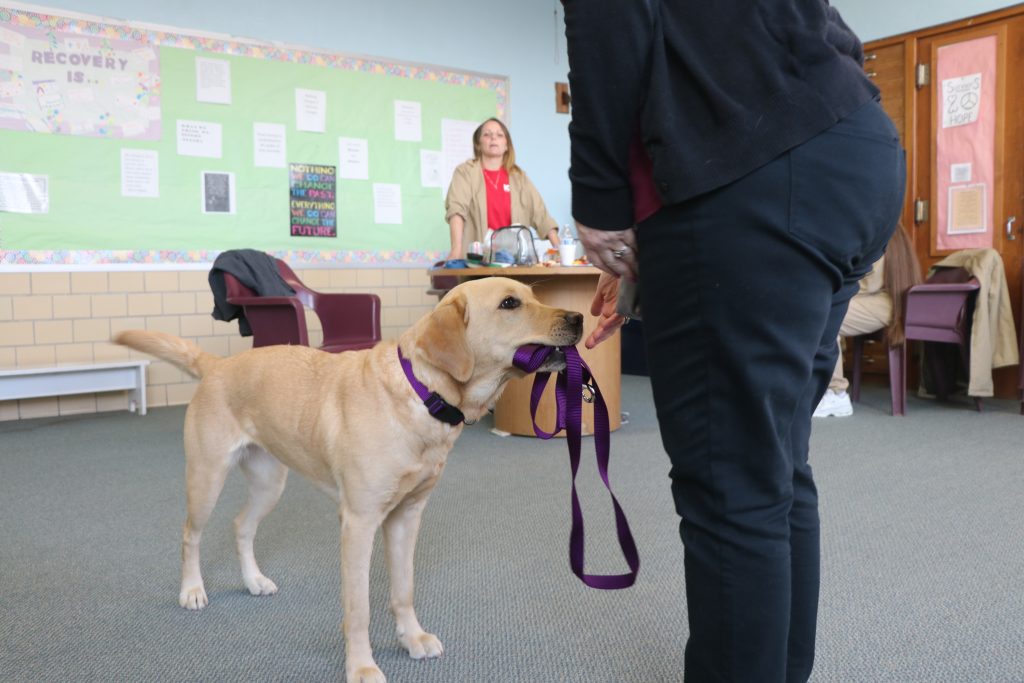
Home Visit & Interview
After approval by the Veteran Review Committee, a home visit team will tour the applicant’s home to ensure it is safe for a service dog. If the veteran has another dog living in the home, the home visit team will introduce the ICAN dog to be sure the other dog is generally receptive. If the veteran has more than two other dogs, this is normally a disqualification for a veteran service dog placement.
The home visit team will also be looking for whether the yard is fenced in or if there are safety concerns such as holes or deterioration with existing fencing. If the yard is not fenced in, the ICAN dog is required to be on a leash or tether at all times when in the yard.
Other things that may be discussed during the visit are whether or not there are smokers in the home, whether the family owns firearms, and whether the home is overly cluttered. No smoking is allowed inside the home with the ICAN dog and firearms must be locked away. In addition to these things, the veteran should be willing to learn about positive reinforcement training methods and their family should be supportive of the decision.
And finally, the ICAN trainer will interview the applicant to assess exactly what they will need in a service dog. This is a “head-to-toe” interview that includes questions about disabilities, disorders, lifestyle, size of dog needed, work, and more!
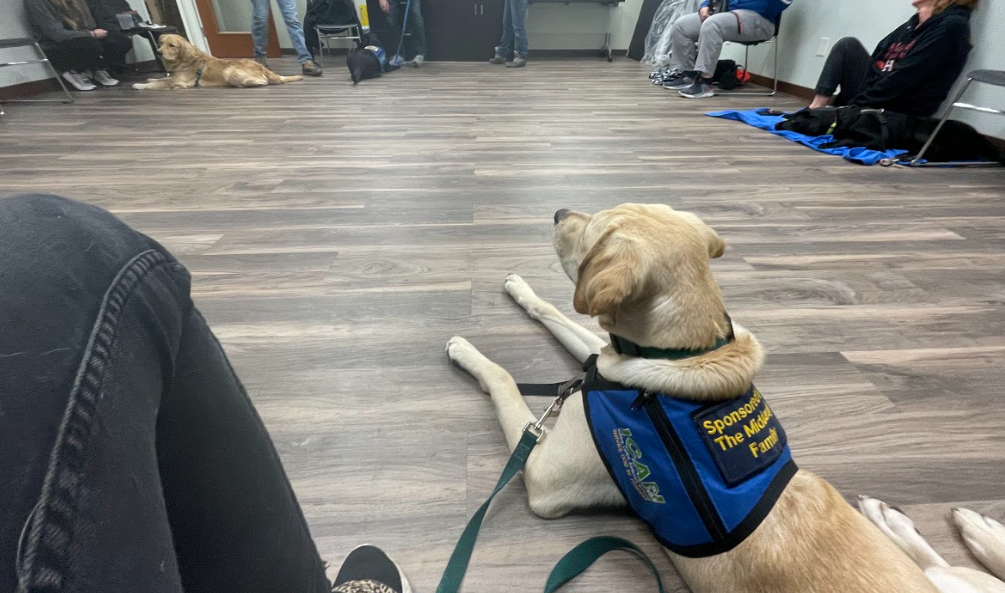
Placement & Training
Once the veteran has completed the home visit and interview, they will be placed on the waitlist for an ICAN veteran service dog. During this time, the veteran will attend both individual and group training sessions to learn how to train and work with ICAN dogs. They will work with other dogs during this time and are provided with training videos and written material to go over before receiving their dog. The dog will continue positive reinforcement training once placed with the veteran.
Once a dog in-training is determined to be a potential match, the veteran will meet with the dog in-person. Each dog has extensive assessments in terms of health, temperament, and size so that the veteran is only meeting with one dog that is the best match, rather than multiple. There may be some rare occasions where the veteran accompanies the VSD trainer to shelters, rescues, or breeders to help in choosing a dog, especially when looking at the specific size. Once the match is made and the veteran meets the dog, they will then take the dog home or arrange to do so in the near future.
Our veteran service dogs positively impact the lives of our brave Hoosier soldiers and help them overcome service-related trauma. If you meet these qualifications and are able and willing to work with your dog everyday, an ICAN veteran service dog may be right for you!
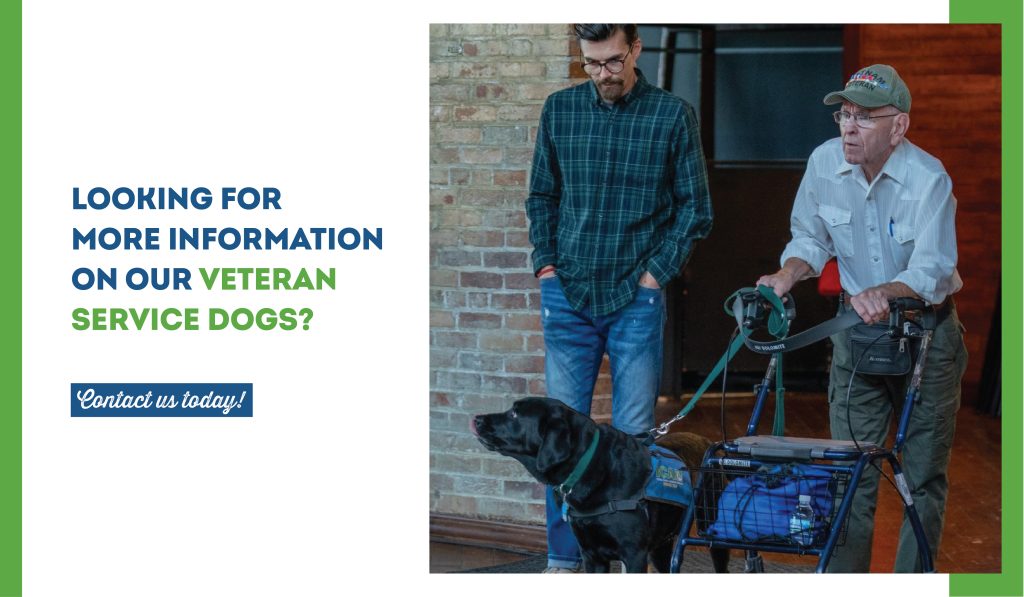
ICAN trains and places assistance dogs with individuals in Indiana who have disabilities and provides foundational life skills to inmates through their experience as trainers. To learn more, visit our website and follow us on Facebook, Instagram, Twitter, and YouTube.
